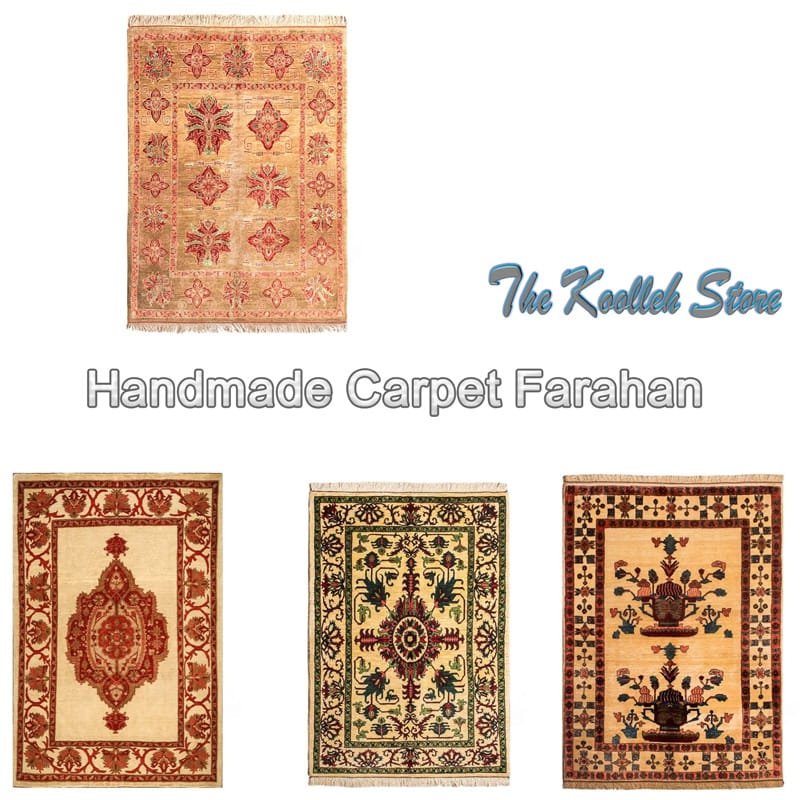Handmade Carpet Farahan

Weaving carpets in the central areas, known as Farahans, have been synonymous with carpets of great shape and texture from about one hundred and twenty-five years ago.
Traditionally, the texture of braided rugs in the style of broken branches was prevalent in a simple, free-to-play golden yellow with a samurai border as well as tree designs in a dark blue text.
Design and Role: Rug of Farahan area is the role of Herati (without bergamot), henna, fish, and bouquet which is woven as a yellow miniature green field. Most of these motifs are in the context of the margins (3, 5 and 7). General designs in Farahan carpets include lily bergamot, spruce, king Abbasi motifs, fish, bouquet, miniature Herat, as well as non-lacquered designs, and the traditional themes of the fish are the house and flower bouquet.
Texture: The traditional form of these carpets are rectangular and medium in size, usually square, half, quartz and sides. Farahan’s carpet is compact in texture and woven with an asymmetrical knot with two short wool and knit fabrics.
Color: The margins of these carpets are green and the text is lacquered, buttery, ivory white, blue, navy, and herbal pink.
Raw materials: The Farahan carpet weaving is made of cotton yarn and is mainly made from factories in the province. In the past, carpets were also used in these carpets. The wool is often made from local sheep and the rest from Arak market (head of Golpayegan and Arak factories). The carpets of this area are delicate, fine-grained, lightweight and portable.
